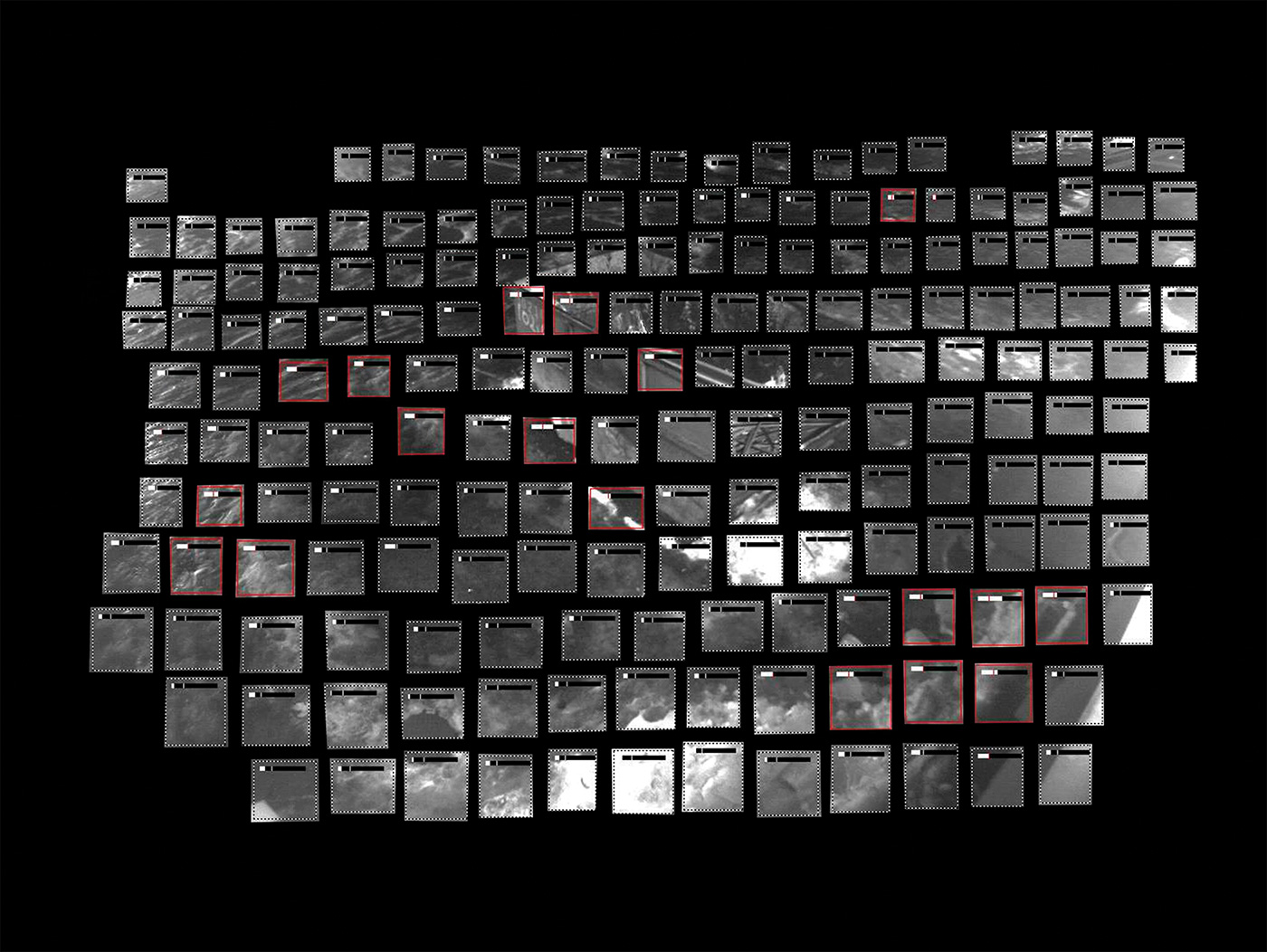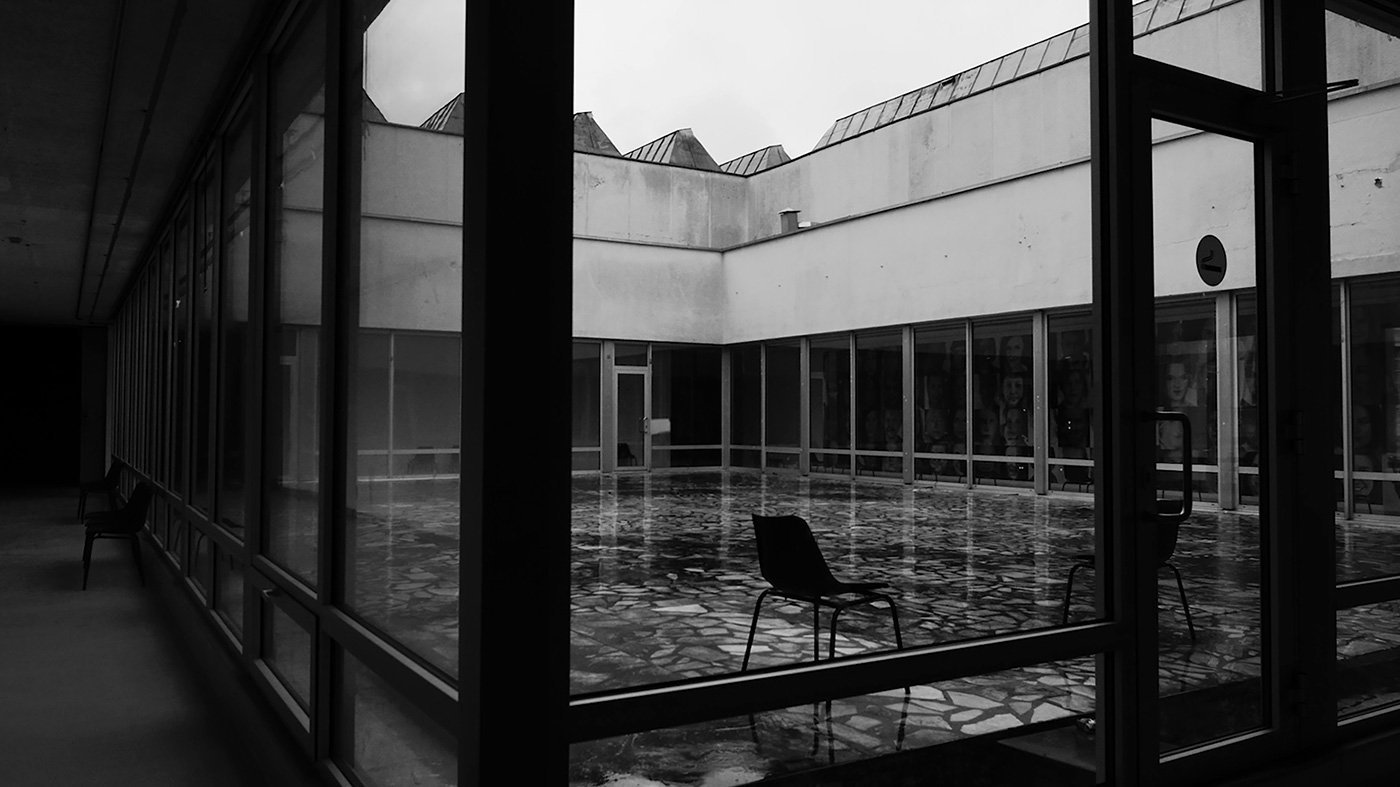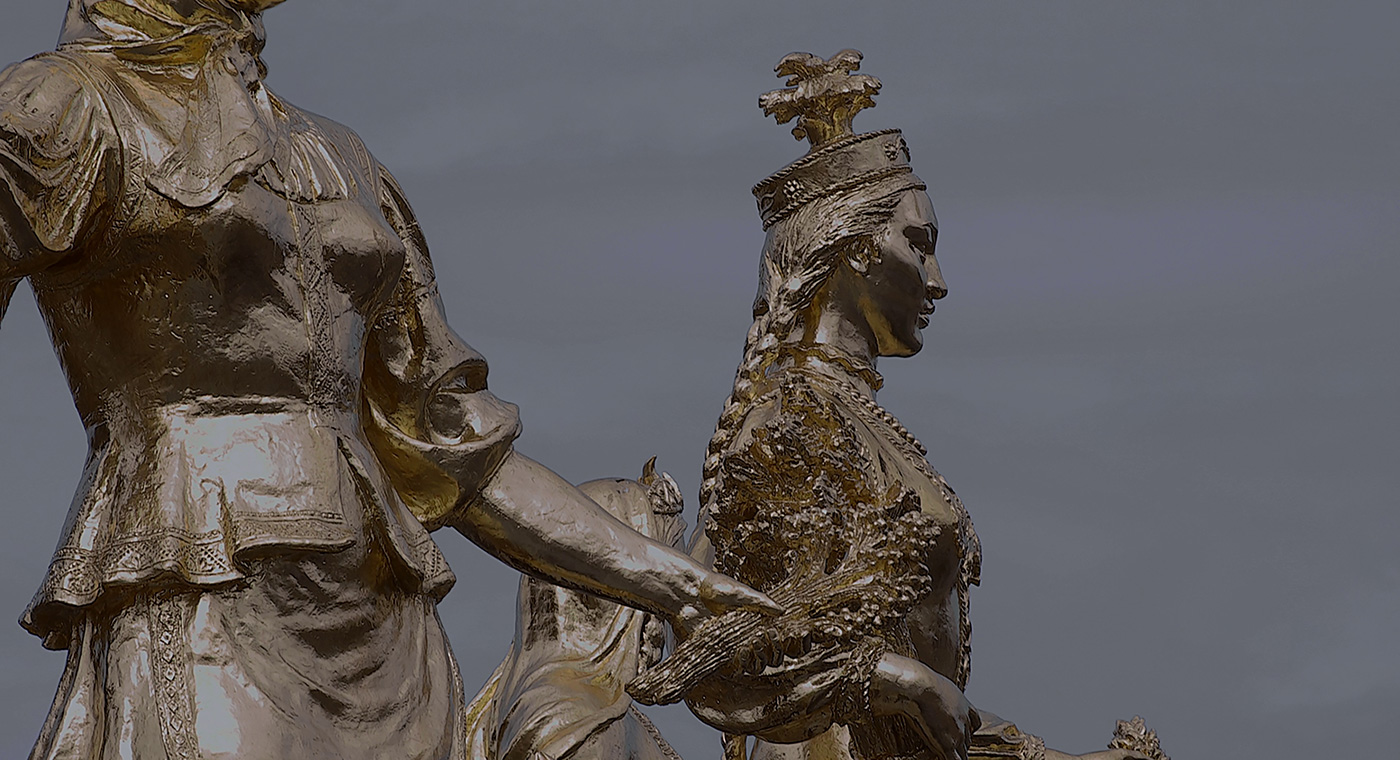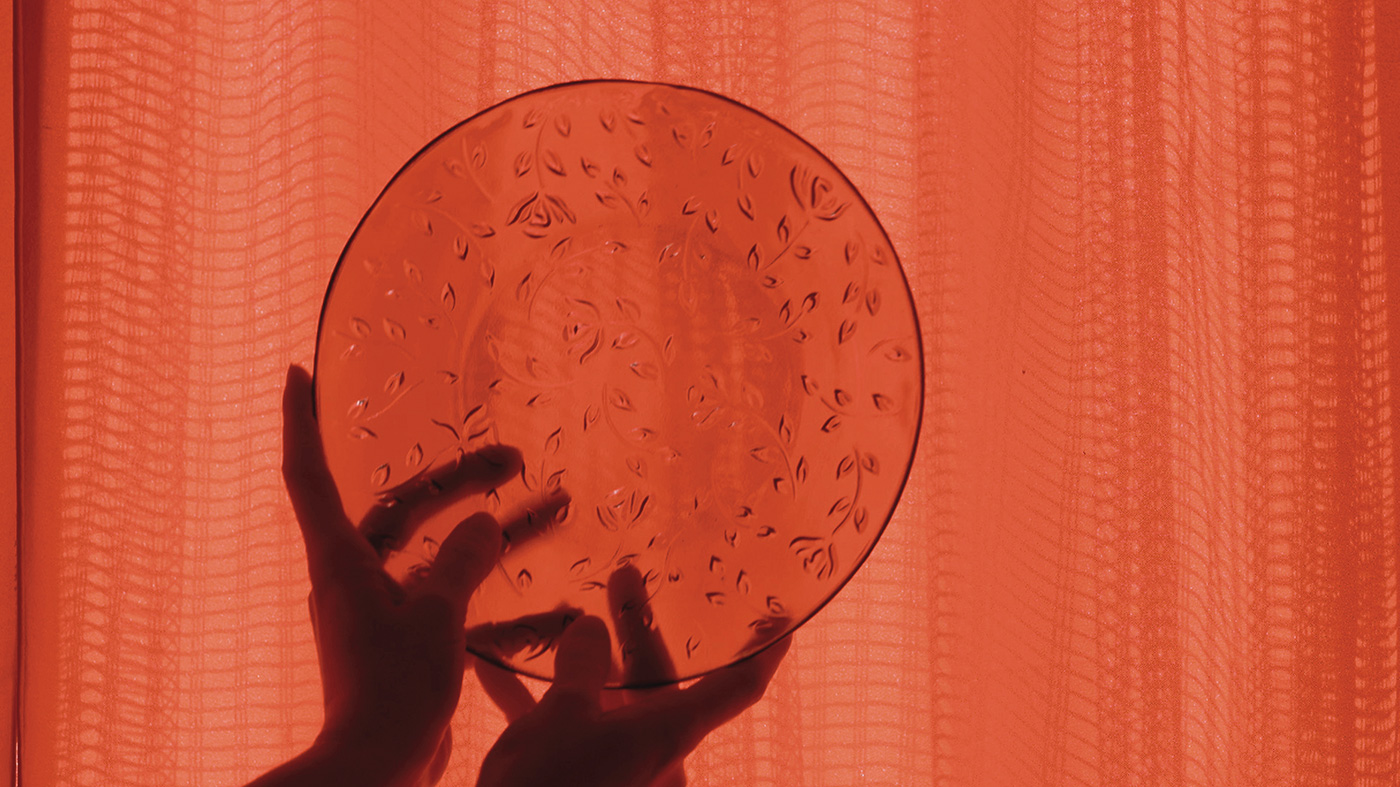“Remote Occlusions” draws on excerpts from a camera manual, which details what the manufacturer expects from the camera, while the film presents cases where the camera rejects these intentions and expectations.
The images that make up “Remote Occlusions” come from cameras that are not password-protected, available on internet directories that publish live feeds from these cameras. It is in this ethical grey area that directories act as mediators, making private feeds public.
“No flickering. No noise. No artefacts. No hard lights that cast shadows. No fog, clouds, trees or buildings. No conditions of slow-moving or stopped people for long periods. No moving objects whose appearance is similar to the target in the areas of interest. No waving objects that cause the continuous modification of the image in the area of interest, for example a meadow with tall grass.
The target must have a minimum height of 30 pixels, which is at least 1/10 of the image height. The body of the target must be visible for at least 3/4 of its height. The target must have a minimum area of 100 pixels and stay in the interested area for a time of at least 1 second. The target must also maintain a sufficient dissimilarity from the background, which means at least a colour difference of 5% or a brightness difference of 10%. The image must have a resolution of 640×360, 640×480, 320×180 or 320×240 pixels and must be in landscape orientation with 16:9 aspect ratio.
The camera must be mounted at a height between 3 and 5 metres and the camera lens must not be dirty, wet or steamy.”
Biography
Utkarsh is a filmmaker and writer from Delhi, India. His work has recently been programmed at EXiS, Seoul (Korea), 2024; Festival ECRÃ, Rio De Janeiro (Brazil), 2024; FICUNAM 14 – Umbrales/Threshold, Mexico City (Mexico), 2024; Berlinale – Forum Expanded, Distant Connections, Berlin (Germany), 2024.



